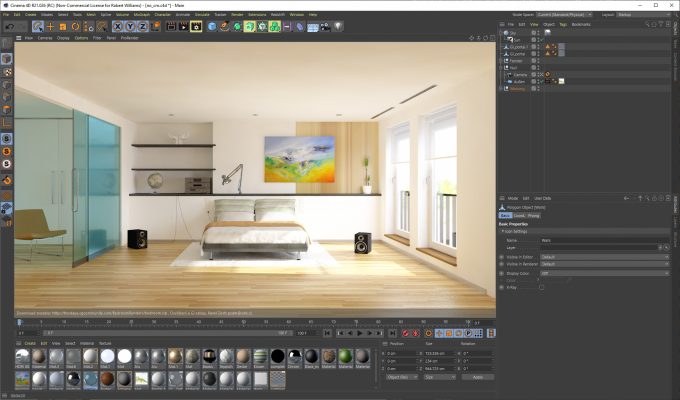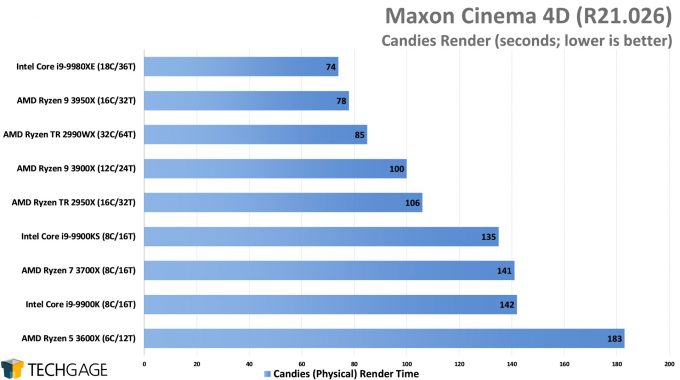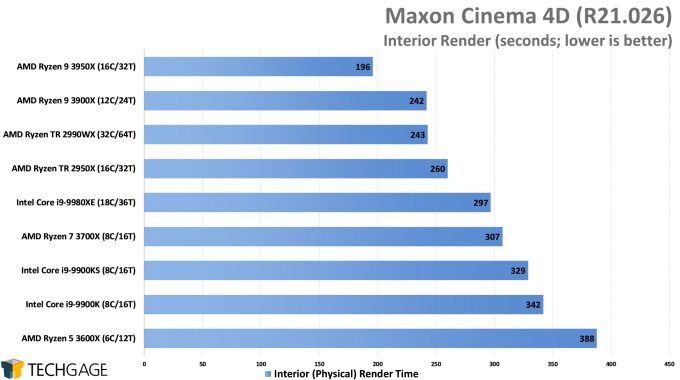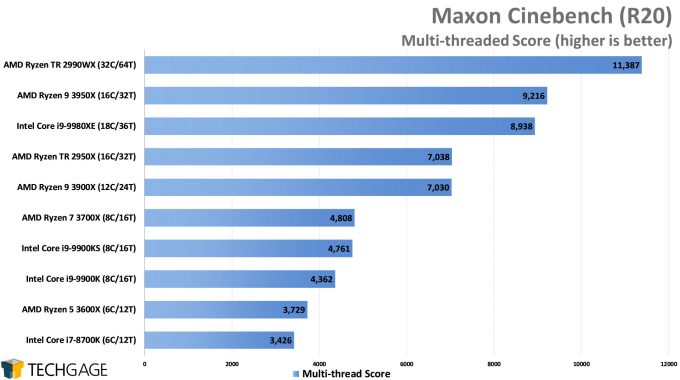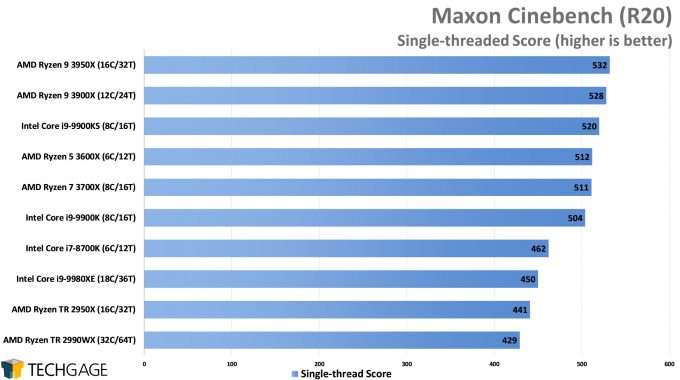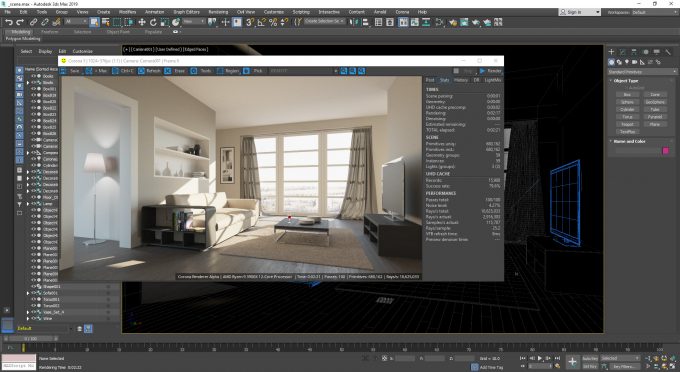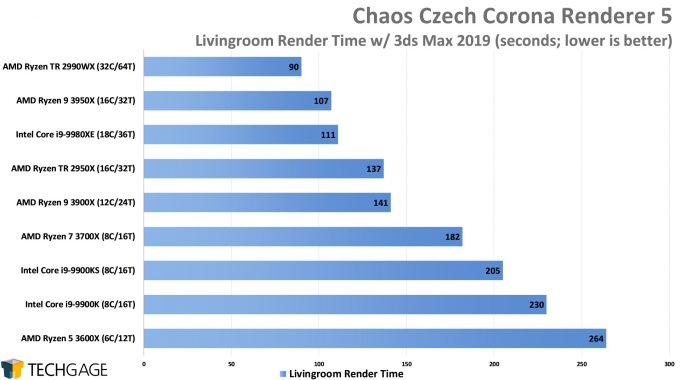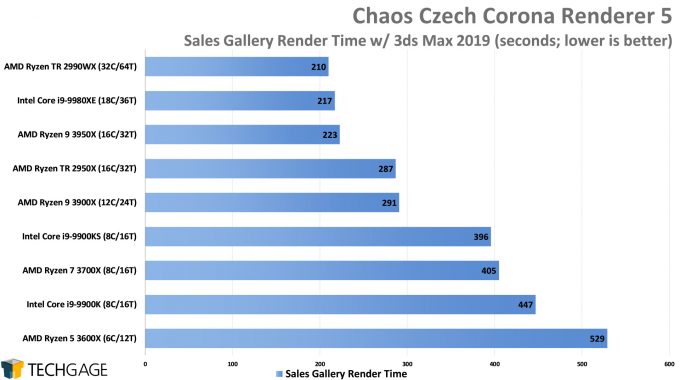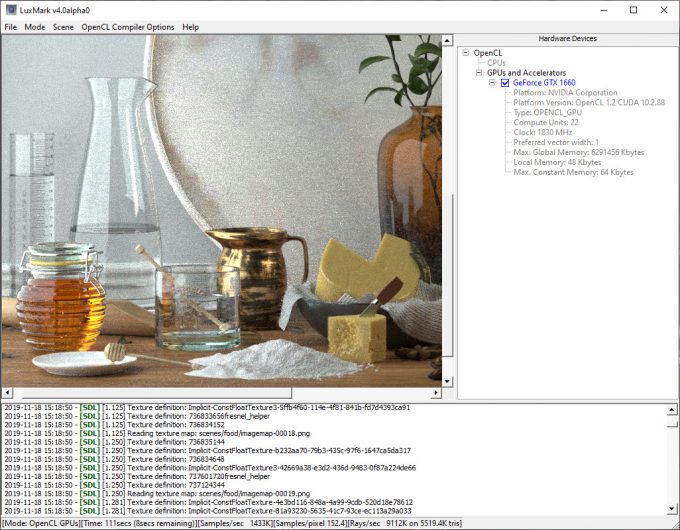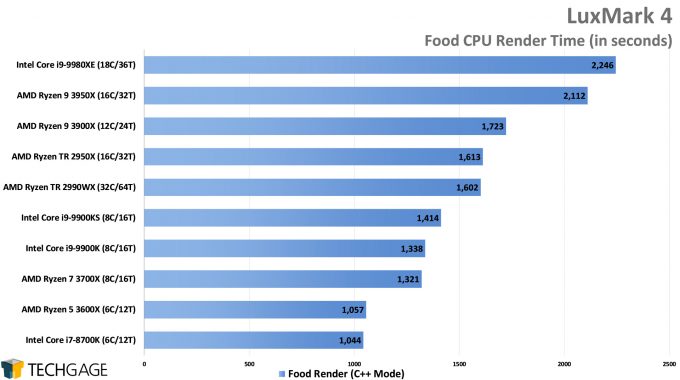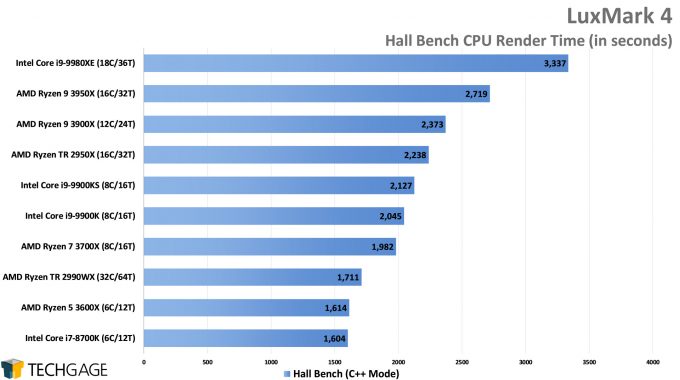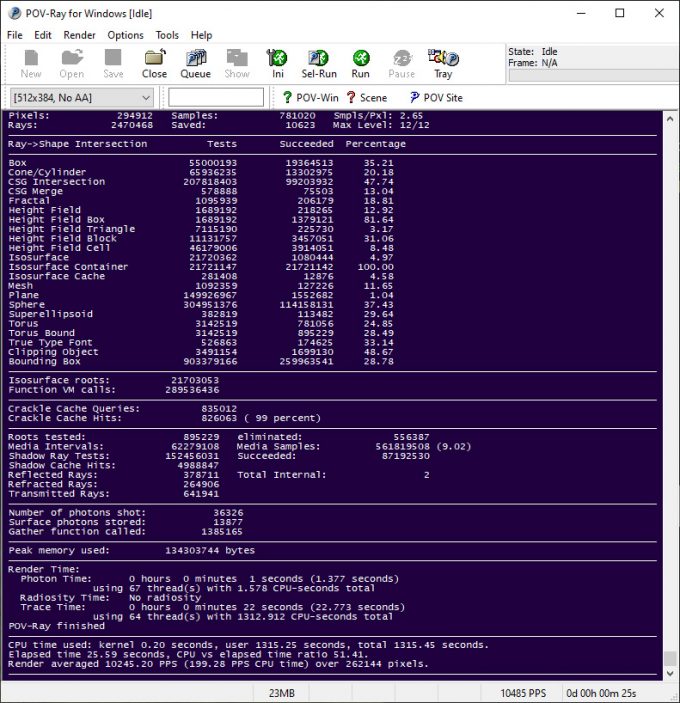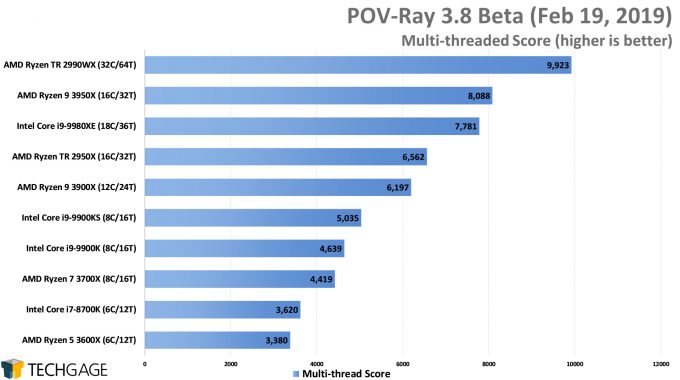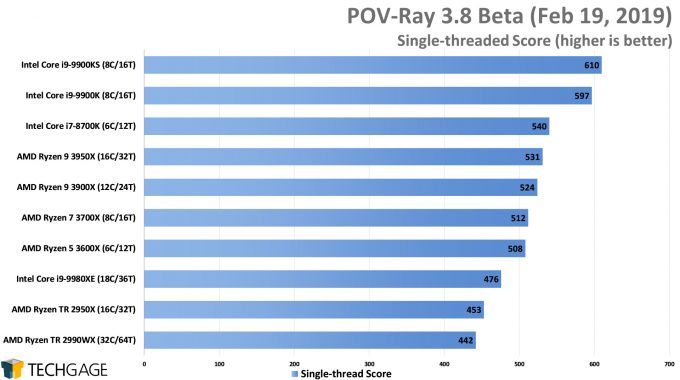- Qualcomm Launches Snapdragon 4 Gen 2 Mobile Platform
- AMD Launches Ryzen PRO 7000 Series Mobile & Desktop Platform
- Intel Launches Sleek Single-Slot Arc Pro A60 Workstation Graphics Card
- NVIDIA Announces Latest Ada Lovelace Additions: GeForce RTX 4060 Ti & RTX 4060
- Maxon Redshift With AMD Radeon GPU Rendering Support Now Available
A Seriously Powerful Sub-$1000 CPU: 16-core AMD Ryzen 9 3950X Review
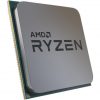
Following-up on our previous quick look at AMD’s sixteen-core Ryzen 9 3950X processor, and having (mostly) finished catching up on benchmarking, we now have a much fuller look at overall performance from AMD’s newest wonder chip on-hand. Join us as we explore all of what this chip is made of across many rendering, encoding, and gaming workloads.
Page 6 – Rendering: Cinebench, Cinema 4D, Corona, LuxMark, POV-Ray
We covered a handful of major renderers on the previous page, but we’re not done yet. On this page, we’re going to take a look at a few more, including some industry mainstays and newbies. That includes Corona Renderer, which we recently upgraded to version 5. We’re foregoing Adobe Dimension performance for this review, since we haven’t seen realistic scaling with the new version 3.0, and have not yet been able to investigate (typical Adobe new-release teething problems).
To give you an opportunity to test your own hardware against ours, we’re also including the ever-popular Cinebench standalone benchmark, which represents current R20 performance. This test, along with the latest version of POV-Ray, act as our only single-threaded angles in the article. For good measure, the performance on this page will be capped off the real Cinema 4D, to see how it agrees with CB.
Cinema 4D & Cinebench
We’re going to be enhancing our Cinema 4D tests in the near-future, which primarily involves finding new projects to test with, and hopefully will include a viewport test. For now, we’re sticking to the same projects we’ve been using for a while. When you look at the real-world results above, and then the Cinebench ones below, we do see some slight disagreement in places.
More than anything, C4D loves cores, at least, if we’re rendering to the CPU (and not using the built-in ProRender or another solution that actually uses the GPU). In our simpler test, Candies, the 9980XE hits the top spot, while in the more complex interior scene (seen in the screenshot above), the 3950X knocks it out of the park. If this is how Zen 2 wants to scale, we’re definitely eager to see how Threadripper third-gen fares with these tests. Fortunately, it’s not too much longer before we can dig into that.
Cinebench says that the 2990WX is the de facto rendering champ in our lineup, although that’s in disagreement with our real-world tests. The 2990WX performed well there as well, just not with as much of a lead as the standalone benchmark implies. We look forward to seeing how scaling will change once we have some more modern projects in place.
Corona Renderer
The 2990WX didn’t rule as well as it probably should have in Cinema 4D, but it makes a rebound with Corona. Across both projects, that 32-core chip led the pack, while the 9980XE and 3950X battle over positions. Has it become clear yet that you don’t want a slow CPU if rendering is important to you? If not, we have two more attempts ahead of us:
LuxMark
We’ve published quite a few LuxMark results over the years, but interestingly, none of them have ever been CPU-related. With LuxMark 4’s release, we decided to bulk up our CPU suite and see if the results repeat what we’ve seen, or shakes things up. In this case, it definitely shakes them up, at least a little bit. Intel’s chips exhibit really strong performance here, especially with the 9980XE in the Hall Bench scene.
We’d be remiss to not mention that LuxMark uses Intel Embree for its CPU rendering, so it’s not a particular surprise that Intel’s chips are so strong here, though it’s nice that AMD’s can keep up. If this workload utilized AVX-512 to the same effect as Intel’s Open Image Denoise and OSPRay, we’d see even greater deltas.
POV-Ray
Because the other seven sets of rendering results weren’t enough, we’re wrapping this page up with a look at POV-Ray. As has become tradition, Intel’s CPUs have a strong advantage in the single-thread test, but having a higher raw number of cores helps just as much as you’d hope in the multi-threaded test. Notably, the 3950X placed ahead of the 18-core i9-9980XE once again here.
Support our efforts! With ad revenue at an all-time low for written websites, we're relying more than ever on reader support to help us continue putting so much effort into this type of content. You can support us by becoming a Patron, or by using our Amazon shopping affiliate links listed through our articles. Thanks for your support!




